With independent construction of the cottage, sooner or later the question arises of how ...
|
|
Nowadays, the sphere of building materials develops very quickly and gives the world everything ... |
Suspended ceiling systems are widespread all over the world thanks to convenience ... |
How to choose a ceramic tile under a tree
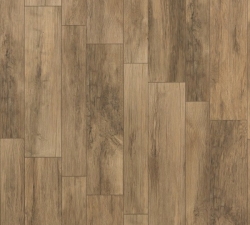
Ceramic tiles for wood are one of the most convenient materials for decoration. Due to its durability and resistance to mechanical effects, it will last more than one year. The texture of the tree will give ceramics a more attractive appearance that, combined with the properties of ceramics, will give the room a truly cozy appearance.
Table of contents:
- What is ceramic tiles
- What characteristics should ceramic tiles have?
- Advantages of ceramic tiles in relation to natural material
- Recommendations for choosing tiles under wood
- Ceramic tile for a bathroom
- Ceramic tile for a kitchen tree
- Ceramic tile for a tree for a living room
- Basin and sauna tiles
What is ceramic tiles
A similar type of finishing material is a plate of burned clay, which, as a rule, has a rectangular shape. The history of ceramic tiles is calculated for millennia. In those days, she had discrepancies with modern varieties, and the first samples of ceramic tiles in the form in which we know it now appeared in the 3rd century BC. What is characteristic, until the VIII century of our era monopoly on the production of tiles belonged exclusively by ancient Iranian states.
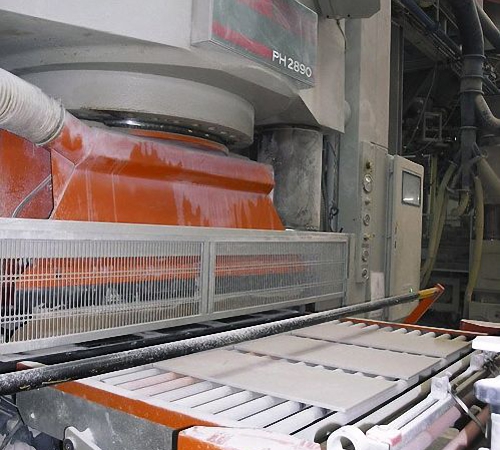
Modern methods of manufacturing tiles are divided into several varieties:
- Casting provides for a method of obtaining tiles when molten clay mass is poured into molds, where it is subjected to subsequent firing. This method has many disadvantages, including the heterogeneity of the surface of the resulting tile. A similar method is considered the most ancient, but at the present time it is practically not used.
- Pressing is the most common method of manufacturing ceramic tiles. The dry mixture for production is compacted and then exposed to compression in the form under the influence of high pressure. Excess moisture in the clay mass is removed using the atomization method. The finished mixture differs in moisture with no more than 5%, which is the optimal indicator for pressing.
- The extrusion method indicates that the finished clay testy mass is passed through the holes of the extruder. The matrix used allows you to evenly distribute the raw materials over the entire surface of the form, which is subjected to subsequent cutting with special knives. Using filters from clay mass, excess moisture is removed.
- Cutting natural stone on tiles. This is an expensive and ineffective method today also has not received much widespread.
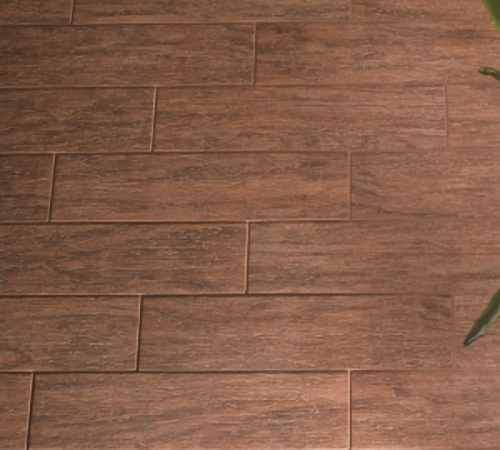
Experts distinguish several types of ceramic tiles:
- The majolica is a ceramic tile obtained by pressing, after which it is covered with opaque glaze. This type of tile is characterized by high strength and exposure to aggressive external environments. The major has found its application for external cladding of buildings,
- The terrala passes through the double stage of firing and differs in that it is covered with one layer of glass glaze. In this case, this type of tile is used indoors,
- A variety of cotto is most suitable for the production of tiles under wood. This species is distinguished by its colorism, texture and mechanical strength, while the kitto is not covered with glaze. Warm shades of red and brown, in combination with uneven texture, allowed to recreate an authentic type of natural wood,
- Ceramic granite in its hardness is as close as possible to natural granite. Moreover, this type of tile is characterized by a high degree of strength and wear resistance, due to which it has found its application for floors with an increased degree of load,
- The clinker consists completely of natural clay subjected to heat treatment at high temperatures. Of all the varieties of ceramic tiles, the clinker is characterized by the highest strength and resistance to moisture hygroscopic. More often, such a variety is used for facing pools.
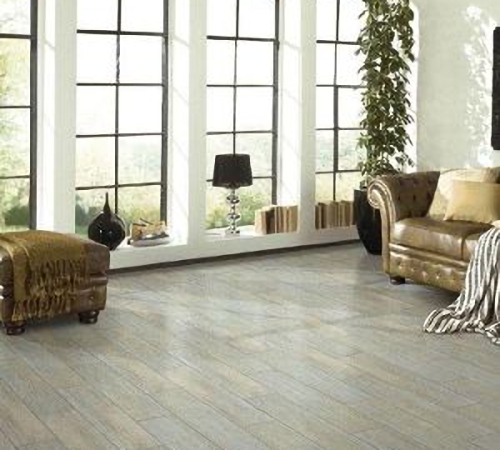
As you can see, there are a fairly large number of varieties of ceramic tiles for any task. While natural wood is a rather capricious coating, ceramics demonstrates excellent indicators in terms of durability and undemanding to operating conditions.
What characteristics should ceramic tiles have?
It is rightly believed that high -quality ceramic tiles under the tree should differ in such characteristics:
- a low water absorption coefficient, which makes up an indicator of not more than 0.5%,
- wear resistance at least at the level of the PEI II group, that is, for a bathroom with a high degree of humidity,
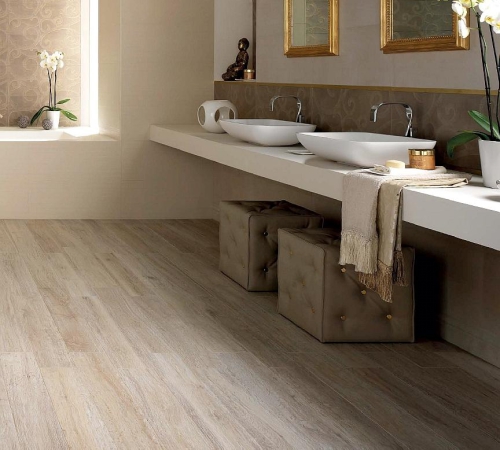
- The same ratio of tile sizes. In the process of drying, the tile loses up to 10% of its original volume, which leads to different sizes. Ready tiles are packaged in parties, which indicate the actual caliber. By this term is understood the size of the tile. For example, squares 300x300 mm have an index 0, size 301x301 indicated 1 according to the last size of the size,
- After firing ceramic tiles, it is also characteristic of slightly changing color. However, it becomes lighter or darker. If a batch of high -quality goods is bought, then the normalizer number 0 will stand on the package. If the party has in packaging tiles of different tonalities and it cannot be returned, then in this case the following is done. When laying tiles, the level of illumination and straight rays of the sun falling on the floor are taken into account. In places that account for less light - and tiles are laid,
- When laying decorative tiles under the tree, it makes sense to neglect the frost resistance indicators, since this characteristic is important for those varieties of tiles that are laid out of the room,
It will also be useful to take into account the chemical resistance indicator. For those surfaces that are often processed using cleaning products, this will be especially relevant.
Advantages of ceramic tiles in relation to natural material
Tiles for wood: floor and wall are primarily good for its high -quality imitation of natural wood. The difference is visible directly close. In addition, ceramic tiles have noticeable advantages compared to wood:
- Tiles when simulating a breed of natural wood, it is possible to give any color, even such shades that are not found in nature,
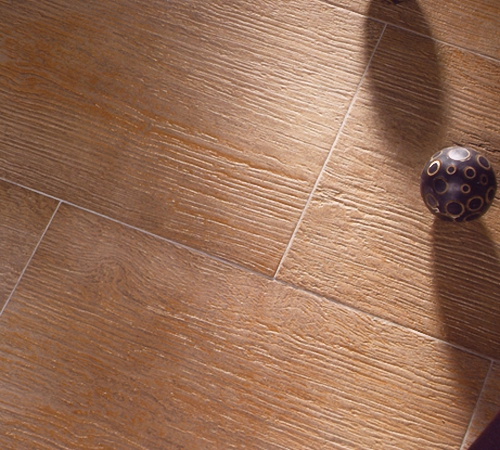
- Ceramic tiles are cheaper than natural wood arrays,
- Ceramic tile is suitable for styling in any conditions, with high humidity and without,
- Unlike wood, ceramics is characterized by increased moisture resistance and wear resistance, it is not exposed to fungus and parasites,
- it is easy to care for tiles, it is not demanding on conditions,
- The difference in price is significant if tiles were acquired with imitation of expensive and rare wood species,
- Ceramic tiles are made of natural materials, therefore, like a tree - it is environmentally friendly and does not contain harmful substances,
- In case of mechanical damage, the tile is easy to replace.
Tiles under a tree, a photo of which is given below, can reliably recreate an almost natural interior.
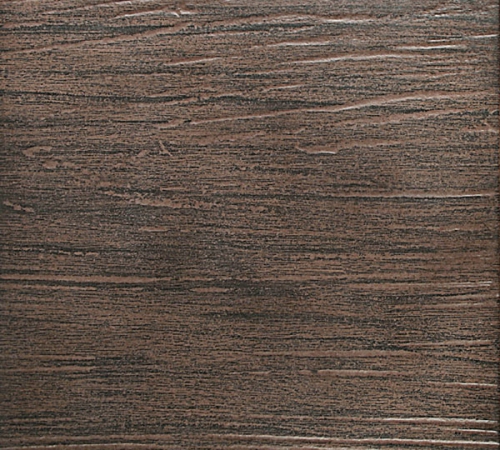
Recommendations for choosing tiles under wood
When choosing tiles, they first take a step towards the color. There are several recommendations that will help you choose the tile tone:
- Small in size of the room, such as the kitchen, the pantry is recommended to be finished with a tile of light colors with poorly pronounced texture. Otherwise, sharply defined lines and transitions will visually reduce the space. In addition, it is advisable to use tiles of warm shades,
- For large premises, in particular, the living room, they advise the use of ceramic tiles of juicy and more often dark shades. For example, wenge, cherry, pink maple,
- Restrained shades, such as maple, light oak, pear, ash, are better for the bathroom and the restroom.
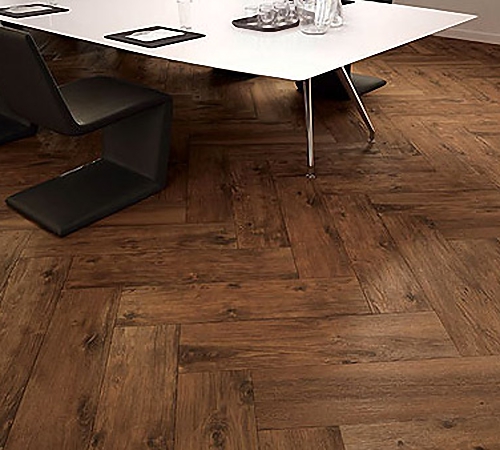
The combination of the texture and color of the dark wenge and the bleached tree, for example, Bermhol pine, looks spectacular and spectacular. It is better to select the tiles in residential premises for the color of the furniture so that the entire interior is divided into two main color solutions. It is allowed to use the color resonating in relation to the main range.
The types of imitators that recreat the texture of Palcendra, Wenge and the African Raibush look elegant and unusual. Thanks to the abundance of the proposed models, with the help of ceramic tiles, a style is created for any interior, from art deco and ending with hi-test.
Ceramic tile for a bathroom
For the walls and floor of the bathroom, tiles are most optimal, which is characterized by increased resistance to moisture and chemicals. Since the bathroom is a room with high humidity, the tile should differ in a finely porous structure, due to which the penetration of moisture is impossible into ceramic material.
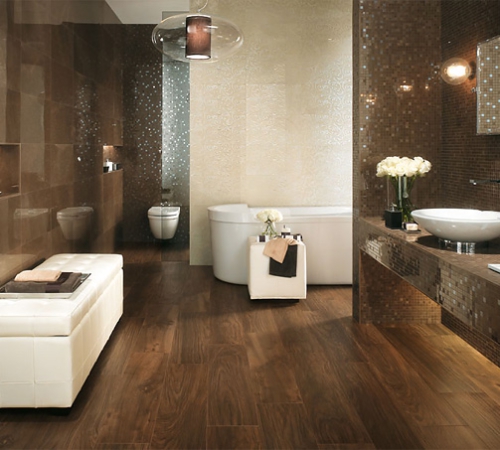
In this case, the tile should have a rough non -slip surface with a matte tint. The wear resistance of the tiles for floor tiles corresponds to 2 points on the PEI scale. The chemical stability indicator corresponds to the AA class. Therefore, it is worth buying a ceramic tile of this class to give the bathroom elitist decorativeness.
Ceramic tile for a kitchen tree
Ceramic tiles, a photo with variable performance of which is demonstrated - will be an excellent solution for the kitchen. As you know, the kitchen reigns an atmosphere of increased pollution. Soot from cooking, pollution by particles of food during cooking and subsequent wet cleaning using aggressive cleaners - all this negatively affects the durability of the flooring.
Ceramics easily opposes the effects of cleaning products, including chlorine -containing components.
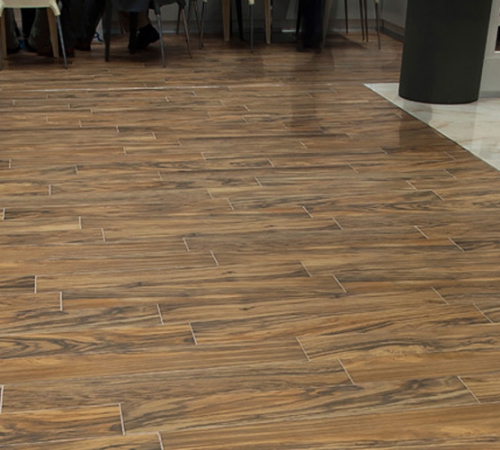
In this case, the strength indicator for ceramic floor tiles should be a mark of 3 points on the PEI scale showing the degree of wear resistance. In this case, chemical stability should also correspond to a high protection class, at least aa.
For the kitchen, it is advisable to select ceramic tiles with a mild texture and rough surface. The material itself must have a finely porous structure in order to better prevent clogging and facilitate the washing process.
For facing the walls of the kitchen, tiles with a lower degree of strength are suitable. Firstly, it is not subjected to such high loads as the floor, and secondly, its price is noticeably lower.
Ceramic tile for a tree for a living room
An indicator of wear resistance for the living room is the same as for tiles in the kitchen. At the same time, the scheme is not so demanding of the indicators of its chemical resistance, allowing styling with an indicator similar to C. Ceramics is good because its pattern, color and texture are not destroyed over time and is not exposed to sunlight. Therefore, the laid half-miter of natural wood over time will not fake in the sun.
For rooms with any degree of load, tiles with a matte surface are recommended. It has better practicality, as it has such advantages:
- a smaller degree of sliding,
- Weaker absorption of dirt,
- Traces of mechanical damage and scratches are less noticeable on the matte surface,

Basin and sauna tiles
Inside such rooms, high humidity and fever often reigns. At the same time, a sharp change in temperature also adversely affects the durability of the material. In such conditions, experts recommend using tiles with a low -porous structure and weak water absorption.
It is important to remember that ceramics will accumulate heat well. In the saunas and baths, the floor in the steam room is advisable to make wood. In the same case, if the floor is a ceramic tile base, then it makes sense to cover them with wooden floorings on top. This will help to avoid possible injuries, since even anti -slip varieties are not able to ensure proper security.
An indicator of wear resistance for steamers, saunas and baths is recommended at the level of Pei II, a class of chemical resistance AA. The water absorption of the material should not be more than 0.5%
